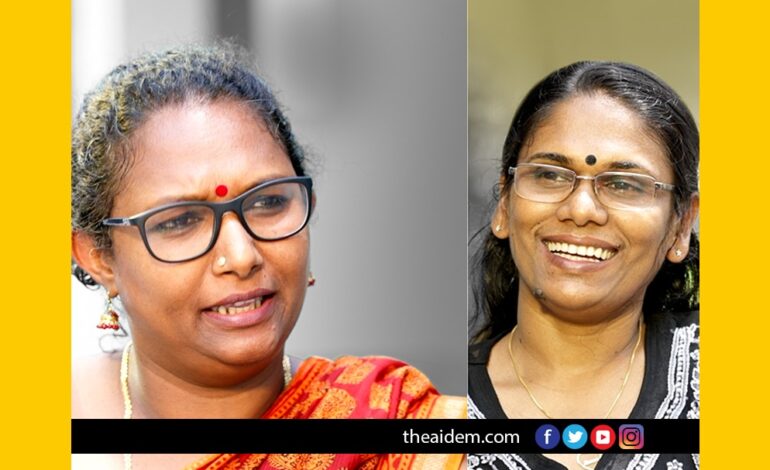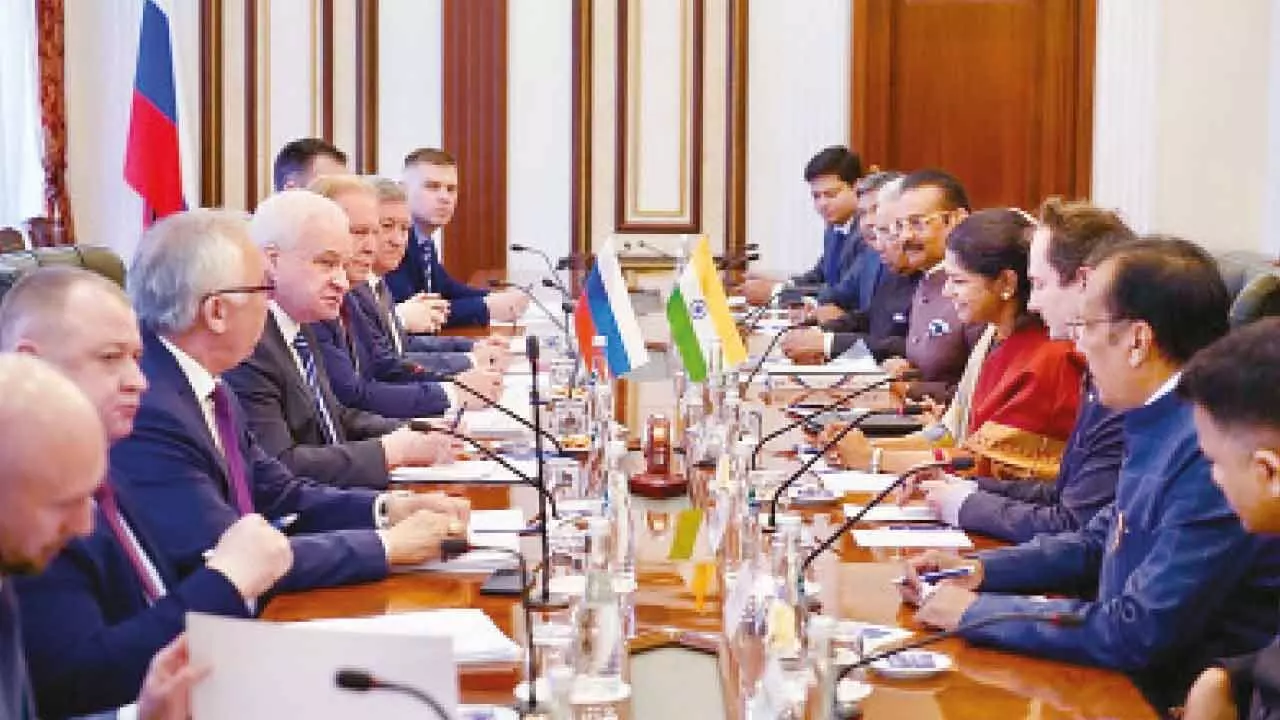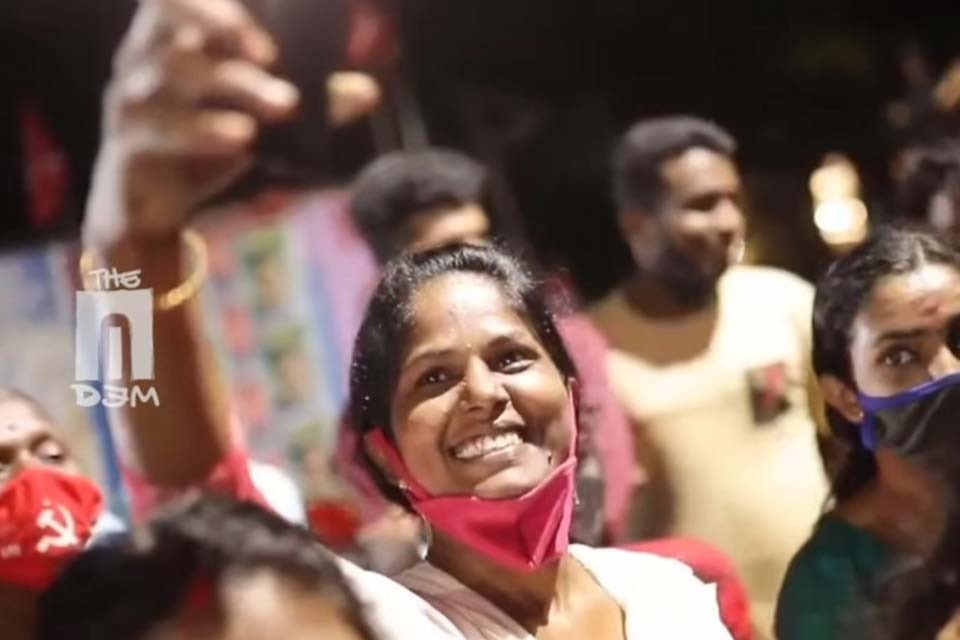
“I wish to speak to you. Could you spare some time for me?”, asked Dr Saibal Gupta (no more now), founder of the Asian Development Research Institute (ADRI), Patna and a reasonable economist from Bihar, to Prashant Kishore.
Prashant stood, hands folded, politeness writ large on his face. He said, “Sir! You are such a learned scholar. I will myself come down to your place to talk to you. It will be my privilege to talk to you….I will learn a lot”.
It was in 2015. I had called on the former diplomat and author turned politician Pavan Varma, then cultural advisor to the Bihar government at his Patna residence, a colonial-era spacious government bungalow. Senior journalist Paranjoy Guha Thakurta and journalist turned Janata Dal (United) MP in the Rajya Sabha, Harivansh and Dr Gupta were there with Pavan. They were having a session with biscuits, tea and gossip when I entered the drawing-room.
A little later Prashant joined us. Prashant was then working as the strategist for chief minister Nitish Kumar and strategist for the Bihar assembly polls. The JDU was contesting in alliance with the Rashtriya Janata Dal and the Congress against the Bharatiya Janata Party . Incidentally, the BJP had conquered Bihar among many other states in the 2014 Lok Sabha elections.
Pavan introduced me to Prashant and Paranjoy whom I had met for the first time. However, at that stage, I was more passionate about writing the book which later came out as “The Greatest Folk Tales of Bihar”. So I had sought time with Pavan—a venerated author—to seek some guidance. I was an assistant editor with The Telegraph at that time and this gathering was nothing short of an extraordinary professional offering for the reporter in me. Despite that, I was then more interested in others leaving the place so that I could discuss my “ folk tales “ work with Pavan.
After some time all others including Prashant left the place. Then Pavan suggested me to write a long autobiographical introduction to the book in order to give context to the stories I was writing. I followed Pavan’s advice. Having got that task out of the way, I got back into my political beat, once again with earnestness. And naturally, I began watching and following Prashant. He was barely in his 30’s in 2015. What fueled my interest in him more was his way with the top Indian politicians, who were by and large miserly in sparing time and company with the younger generation.
The Nitish led Mahagathbandhan roundly trounced the Narendra Modi led BJP in the 2015 assembly elections in Bihar. Modi’s ‘magic’ had vanished within a year after his stupendous victory. Ironically, Modi was the first to have employed Prashant and had fabulous success. And Nitish ‘trusted’ the strategist who had helped Modi—Nitish’s prime foe on political turf then—and trounced Modi on Bihar turf.
It was hard for the journalists—working from a distance with the politicians as per professional protocol—to actually find out the tools and mechanism that Prashant employed to ensure the success of his political clients. But over the years Prashant and his team, the Indian Political Action Committee (I-PAC) became the gateway to success against the BJP for many non-BJP parties. Most of the leaders—Captain Amarinder Singh, YS Jaggan Mohan Reddy, Mamata Banerjee and Arvind Kejriwal—who availed the service of Prashant notched up success against the BJP.
A public health professional with the United Nations for eight years, Prashant had made his debut in India’s political space with Modi in 2012. But he left Modi in 2014 and worked with the leaders and parties opposing the BJP for seven years.
After the Bengal elections, Prashant disassociated himself with the I-PAC in 2021 and announced that he would directly get involved in the political process. In fact, prior to his role as the election strategist for Mamata, Prashant had joined the Janata Dal (U) and had become its national vice president—a status next to Nitish in the party. He opposed the JDU’s support of the Citizenship Amendment Act (CAA) and subsequently, Nitish axed him and Pavan Varma who too had opposed the CAA. Pavan is now in the Trinamool Congress.
Whether it is Modi, Nitish, Mamata or Reddy Prashant worked in close proximity with all these top leaders. It can be said in a nutshell that there was no one between him and the top leadership in strategizing the operations. Prashant has never shared in public the contents of his one to one interactions with these leaders cutting across the political spectrum.
His effort with Congress was different. He had made it clear that he would no longer work as a strategist and rather would work as a political activist. It hardly matters if the Congress first invited him for the talks or Prashant first sought an audience with the Congress leadership—what is important is the top Congress leadership comprising Sonia Gandhi, Rahul Gandhi and Priyanka Gandhi Wadra and Prashant showed mutual interest in reviving the Congress after losing successive elections against the BJP.
That he had the ears and attention of the Gandhis became evident from the fact that Prashant was probably the only non-Congress functionary who made his presentation for nine long hours stretched over three or more days with the party president Sonia Gandhi listening to him all through. It was probably for the first time in the history of the grand old party that an ‘outsider’ had got so long an audience with its top leadership.
And in Prashant’s words, the Congress leadership was largely in agreement with the measures he put forth for the structural changes in and transformation of the party. Congress offered him to join the empowered action group (EAG) to execute the process of transformation but Prashant declined it on the plea that the EAG was not the viable apparatus to execute the big bang changes he had suggested.
After his polite refusal to accept the “generous offer”, the Congress spokesman Randeep Surjewala too tweeted praising Prashant for his “efforts”. Many senior Congress leaders also appreciated his efforts.
Now Prashant has announced to go to the “actual masters—the people” for which he has chosen Bihar—his home state—to begin with. Many media platforms have described the ‘negotiations’ between Congress and Prashant as a “failed” exercise.
However, politics is a dynamic process in which nothing comes to an abrupt end. It is better to say that the Congress leadership and Prashant failed to carry the day forward when the Congress offered him to join the EAG and he declined. Neither the Congress leadership nor Prashant has shown bitterness to each other. To my limited understanding of the politics, there is always a chance of resumption of negotiations in the light of the fact that both Congress leadership and Prashant have shown keen and prolonged interest in each other.
As of now, Prashant is trying to get his foothold in politics as a political leader. That it is not easy, particularly for a professional who has no legacy or inheritance in politics is obvious. Still, Prashant is an unfolding story for his sheer talent in having a way with the top veterans of Indian politics and helping them in getting desired results.
I would not like to go into the tools and mechanism he puts in place for I have no access to that. But, even as I am writing this, he has announced a 3000 kilometres padayatra aimed at uplifting the State into great, historical heights. He plans to touch hundreds of villages and towns of Bihar. There is little doubt that this is an inspirational initiative. Those who have interacted with him say he is a wise, innovative and new age young man. That he has played a noticeable role in the political process of India is evident from his track record. My bet is that we are going to see more of him and that he is about to play an important political role in the times to come.
Watch out for Prashant rather than jumping to hasty conclusions about him. The latter tendency is a shortcoming that we journalists often suffer from.











